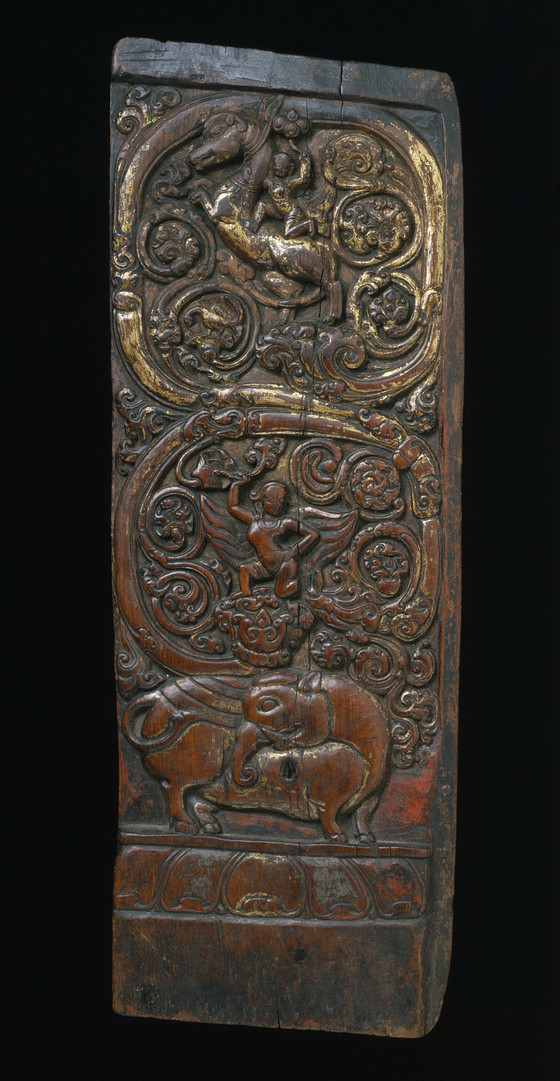Throneback Panel

Please log in to add this item to your gallery.
View comments
No comments have been posted yet.
Add a comment
Please log in to add comments.
Please log in to add tags.
* Nearly 20,000 images of artworks the museum believes to be in the public domain are available to download on this site.
Other images may be protected by copyright and other intellectual property rights.
By using any of these images you agree to LACMA's Terms of Use.
Throneback Panel
Central Tibet, 14th century
Sculpture
Wood with gilding and traces of paint
25 3/4 x 9 x 7/8 in. (65.4 x 22.9 x 2.2 cm)
Purchased with funds provided by Michael Phillips and the South and Southeast Asian Acquisition Fund (M.2001.1)
Not currently on public view


